This article may contain affiliate links.
Updated: August 24, 2025
If you're thinking about visiting the Greek islands, here's when to go based on what you want to do, how to avoid the crowds, and even how to save a few euros along the way.
Weather in the Greek Islands
Greece has a Mediterranean climate with dry summers, mild winters, and over 250 days of sunshine a year. It’s actually one of the sunniest countries in the Mediterranean.
That said, don’t let the photos fool you: even if the islands look tropical, they’re Mediterranean, with all four seasons clearly defined. Some areas even get snow in winter, like parts of Crete or the northern islands.
Best Time to Visit the Greek Islands
It really depends on what you’re after. Here’s a quick breakdown:
- Beach time: Late May to mid-October. The sea’s warmer from July on—before that it can still feel a bit chilly.
- Cultural and archaeological visits: April, May, and October are perfect. Summer gets way too hot to walk around ruins under the blazing Greek sun with no shade.
- Partying and nightlife: July and August are peak months for party lovers, but June and September also have a great vibe—especially on popular islands like Mykonos or Santorini, or on bigger ones like Crete or Rhodes.
- Windsurfing and kitesurfing: From May to September the wind is strong and steady, especially in the Cyclades.
- Cruises: Late May, June, September, and early October are the best months—great weather and fewer people.
- Saving money: The mid-season (April, May, October, and November) is perfect for spending less while still enjoying nice weather and plenty to do. Low season (December to March) is even cheaper, but not the best time to visit the islands—I’ll explain why below. Just so you know, prices can drop by 30% or even more compared to summer.
- Avoiding crowds: May and October are ideal. June and September are also pretty relaxed.

🔹 In short
The best months for nice weather, fewer crowds, and fair prices are May, June, and from September to mid-October.
If you're all about that classic summer vacation and don’t mind spending more, July and August are your best bet.
✅ Friendly Tip: Don’t forget to get travel insurance for your next adventure. I recommend Heymondo,—it’s super comprehensive, and with that link, you’ll get 5% off.
High Season: July and August
July and August are peak season, with all the pros and cons that come with it. It’s hot, but since you’re surrounded by water, it’s more bearable than on the mainland. Plus, there’s always a beach or pool nearby to cool off. 😎
The downside? Higher prices and lots of people, especially on the most famous islands.

🔹 How to Avoid the Crowds and Save Money
If summer’s the only time you can travel, here are a few tips:
- Greece has 227 inhabited islands—if you choose wisely, you’ll find exactly what you’re looking for.
- Mix expensive spots like Santorini or Mykonos with quieter, lesser-known islands.
- Bigger islands like Crete or Rhodes let you escape the crowds without missing out on things to do.
- Some hidden gems: Naxos, Paros, Milos, Amorgos, Tinos, Alonissos, and Karpathos.

⭐ Related article: 10 Cheapest Greek Islands (and somewhat unknown)
Low Season: December to March
I’ll be honest—it’s not the best time to visit. The islands get super quiet, like almost everything shuts down. Many hotels and restaurants close for the season, and while winters are generally mild, the wind can make it feel colder than it really is.
- Temperatures: Rarely drop below 5°C (41°F) in the south.
- Lots of wind, especially in the Cyclades.
- Very little tourist activity, except in Crete, Rhodes, and Corfu where there’s still a bit of life.
🔹 Tip for Traveling in the Off-Season
Speaking from experience—I’ve lived in both Santorini and Rhodes. If you’re visiting during the low season:
- Make sure your place has heating. Not all accommodations do.
- Many homes use solar panels for hot water, so on cloudy days, you might not get a hot shower. Just be prepared!
- Pack warm clothes, especially a windbreaker. The Greek wind is no joke.
I arrived in Greece in April thinking it wouldn’t be cold—and I froze at first. 😅 So better to be prepared than freezing.

👍 My two cents: If you’re looking to stay connected during your trip,🤳 I recommend this eSIM for Greece and with that link you get a 5% off. If you're looking for a budget-friendly alternative this other eSIM starts at 4 euros.
Annual Temperatures
To give you a better idea, here are the average high and low temperatures in Celsius by month for some popular islands:
| Island | Jan | Feb | Sea | Apr | May | Jun | Jul | Aug | Sep | Oct | Nov | Dec |
|---|---|---|---|---|---|---|---|---|---|---|---|---|
| Crete (Heraklion) | 15 / 9 | 15 / 9 | 17 / 10 | 20 / 12 | 23 / 16 | 27 / 20 | 29 / 22 | 29 / 22 | 27 / 20 | 23 / 17 | 20 / 14 | 16 / 11 |
| Santorini | 15 / 10 | 15 / 10 | 16 / 11 | 19 / 13 | 23 / 17 | 27 / 21 | 29 / 23 | 29 / 23 | 26 / 21 | 23 / 17 | 19 / 14 | 16 / 11 |
| Rhodes | 15 / 10 | 15 / 10 | 17 / 12 | 20 / 14 | 23 / 18 | 27 / 21 | 29 / 24 | 30 / 24 | 28 / 22 | 24 / 19 | 20 / 15 | 16 / 12 |
| Corfu | 14 / 5 | 14 / 6 | 16 / 7 | 19 / 10 | 24 / 14 | 28 / 18 | 32 / 20 | 32 / 20 | 28 / 17 | 23 / 14 | 18 / 10 | 15 / 7 |
| Samos | 13 / 7 | 13 / 7 | 16 / 9 | 19 / 11 | 24 / 15 | 29 / 20 | 32 / 23 | 32 / 23 | 28 / 19 | 23 / 15 | 18 / 12 | 15 / 9 |
| Zakynthos | 14 / 6 | 14 / 6 | 16 / 7 | 20 / 10 | 24 / 13 | 29 / 17 | 32 / 20 | 32 / 20 | 28 / 17 | 24 / 14 | 19 / 11 | 15 / 8 |
Source: weatherspark.com
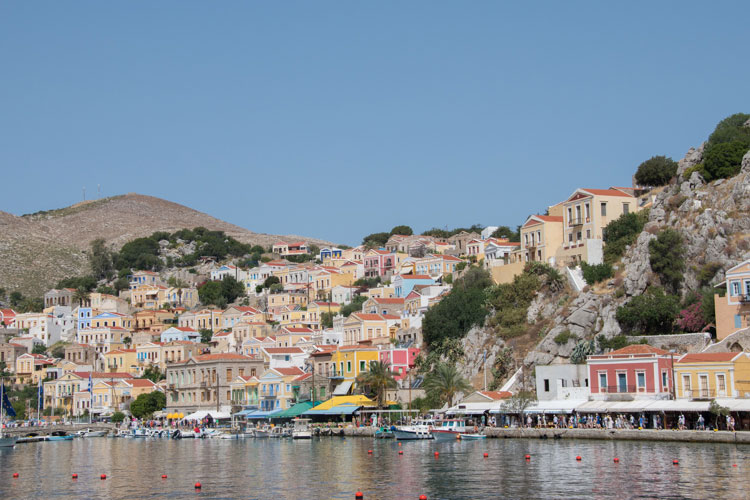
Month-by-Month Weather
Even though high season runs from June to September, every month has something special to offer. Here's a quick summary of what the weather is like on the Greek islands throughout the year, what to expect, and the best activities for each time.
| Month | Weather & Temperature | What to Expect | Best For... |
|---|---|---|---|
| January | Cold and windy (5–15 °C) | Quiet islands, many places closed, short days | Budget travel, exploring Crete or Rhodes without crowds |
| February | Similar to January, a bit more daylight | Cool weather, still low season | Budget winter getaway |
| March | Spring begins, still cool (8–17 °C) | Greener landscapes, less rain, sea still cold | Hiking, cultural visits |
| April | Mild (12–20 °C), longer days | Spring blooms, perfect walking weather | Visiting ruins, exploring without the heat |
| May | Warm and sunny (18–26 °C), sea still cool | Mid-season, good weather, no crowds | Quiet beaches, cruises, culture |
| June | Summer starts (22–30 °C), sea perfect | Great weather, fewer people than July-August | Everything: beach, culture, moderate nightlife |
| July | Hot (25–35 °C), breezy on the islands | Peak season, parties, lively vibe, everything open | Nightlife, beaches, water sports |
| August | Very hot (26–36 °C), popular islands crowded | Parties, heat, high prices, book early | Festive atmosphere, cruises, water sports |
| September | Warm (24–30 °C), sea very warm | Everything still open, fewer crowds, lower prices | Swimming, excursions, a mix of chill & culture |
| October | Pleasant (20–26 °C), fewer tourists | End of season, good weather to visit without stress | Culture, uncrowded beaches, budget-friendly |
| November | Variable and cool (14–22 °C), shorter days | Many places close, good time to unplug | Peace, low prices, exploring bigger islands |
| December | Cold and damp (10–18 °C), very short days | Few tourists, mild but windy | Saving money, local off-season life |
🤑 If you want to save on your next adventure, use this link from Booking to get 15% off your stay.
Final Thoughts
I hope this helped you figure out the best time to visit the Greek islands. No matter when you go, you’re going to have a great time.
If you have any questions, leave me a comment below and I'll help you as much as I can. If you found the article useful, share it with other travelers. Have a good trip! 😘
More about the Greek Islands
More about Greece

Hi, I’m Andrea, creator and author of Viajeros Activos (Active Travelers). I write about Southeast Asia, the Caucasus, and Europe. I’m a full-time traveler, passionate about good food, and always looking for new adventures.

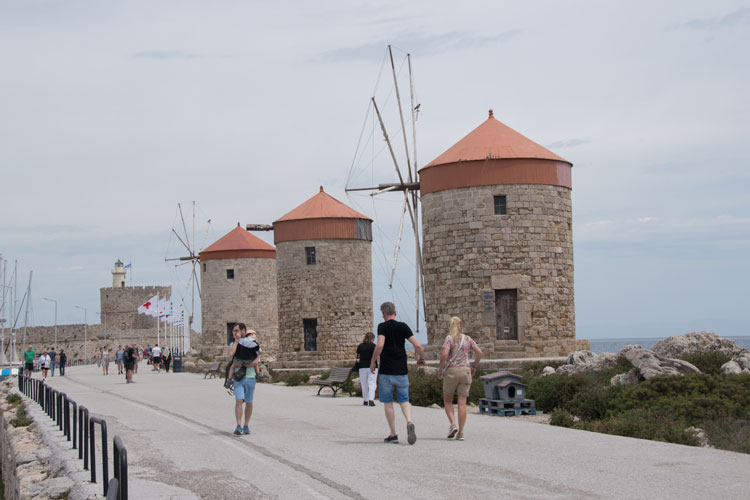
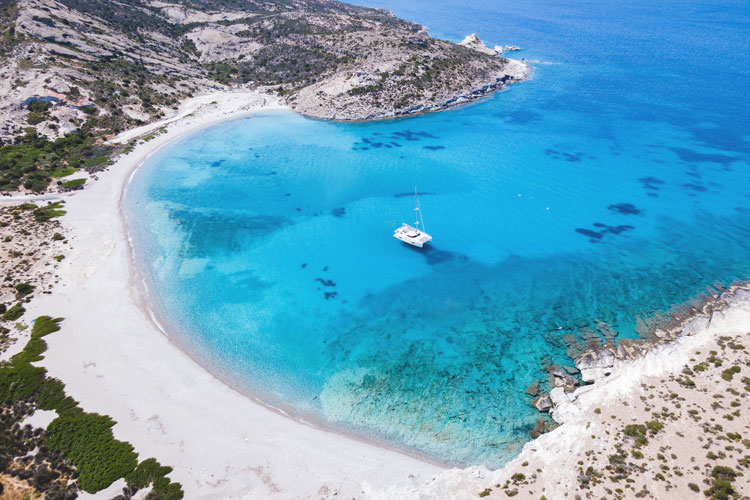
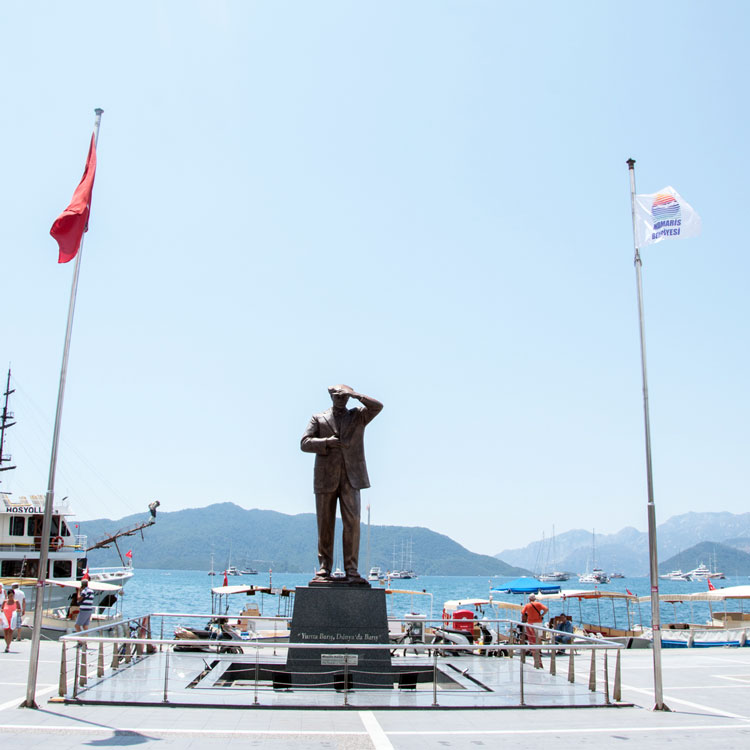
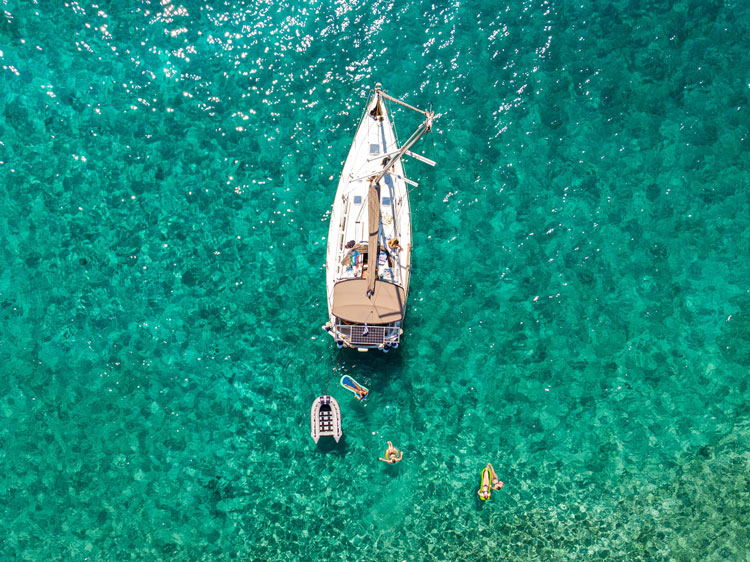
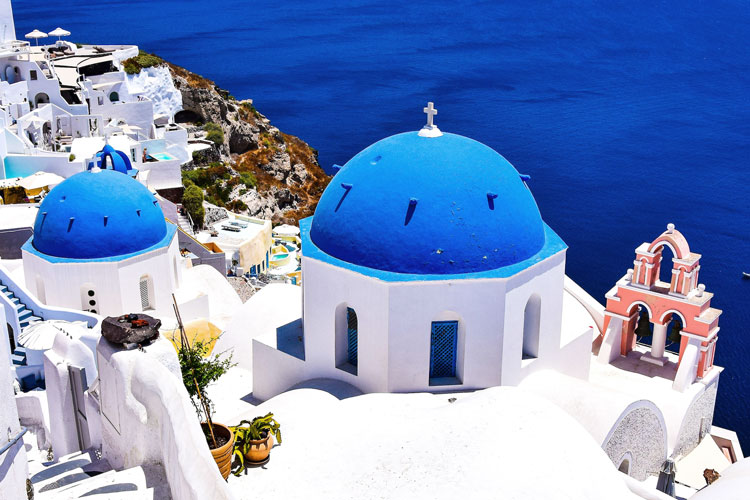
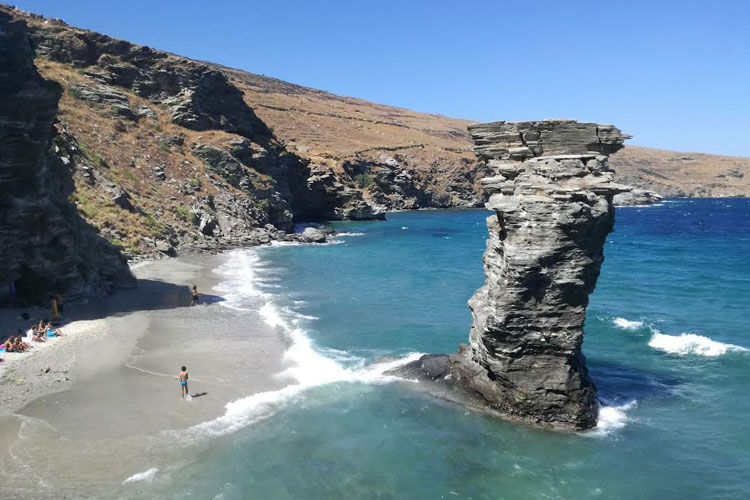
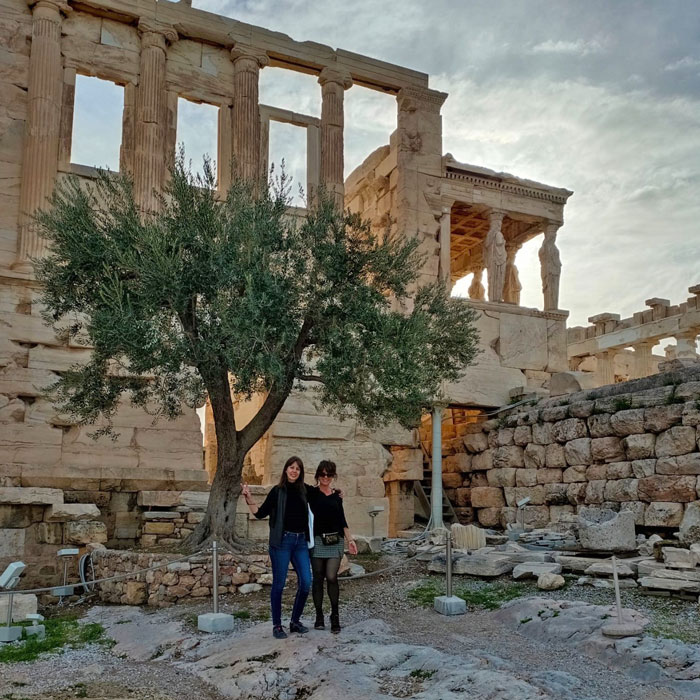
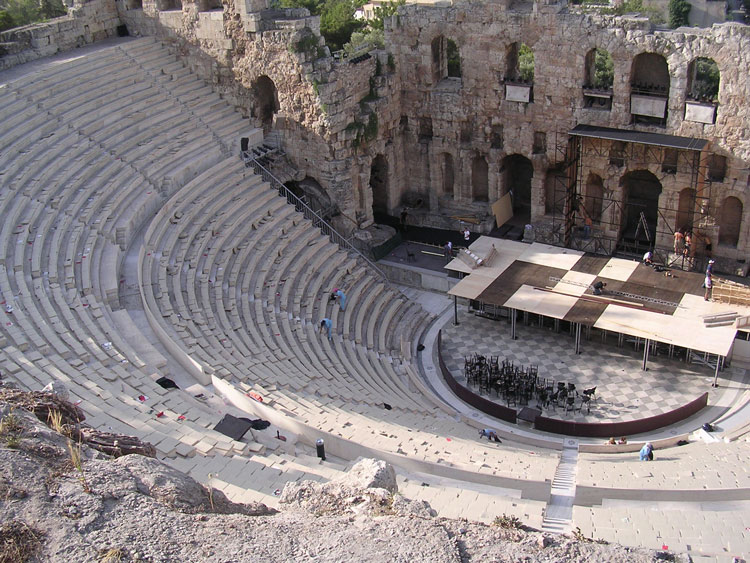
Hello! Thanks for the data! I intend to go at the end of October, beginning of November... which island do you recommend I go to to stay and not find everything closed??? Thank you
hello Karen
The season on the Greek islands ends on October 15, when most tourist spots close.
So, it doesn't matter if it's autumn or winter, you're traveling in the low season and the best islands to visit at that time are the big ones (Corfu, Rhodes and Crete).
You could also go to Santorini or Mykonos, where the season can be a little longer, although not as long as November.
I do not usually recommend going to these islands in the low season because in the Cyclades there are usually very strong winds and there can be cancellations of boats, especially the catamarans, which are the fast ones. Of course, there will not be overcrowding of tourists or much open, just the basics for the local population.
I hope I hope I have helped you.
Have a good trip!
Hi, I'm traveling to Athens and I wanted to go to 2 islands... I'll be there on November 13th. Which one do you recommend I go to and what to do there? Should I buy the boats while I'm there or from my country?
Hello, Luz
The best are the large islands that still have some life during the low season, such as Rhodes, This guide you can see what to do.
Have a good trip!
Hi Andrea, thank you so much for the information. And I wish you the best of luck on your next travels.
Hello Silvia
Thank you for your comment.
Have a nice trip!